-

Bringing neighbours closer
Welcome to the Interreg V-A Latvia–Lithuania Programme 2014–2020!
About the programme -

-

Life of Eindhoven and Tilburg in former factories areas
12 November 2019
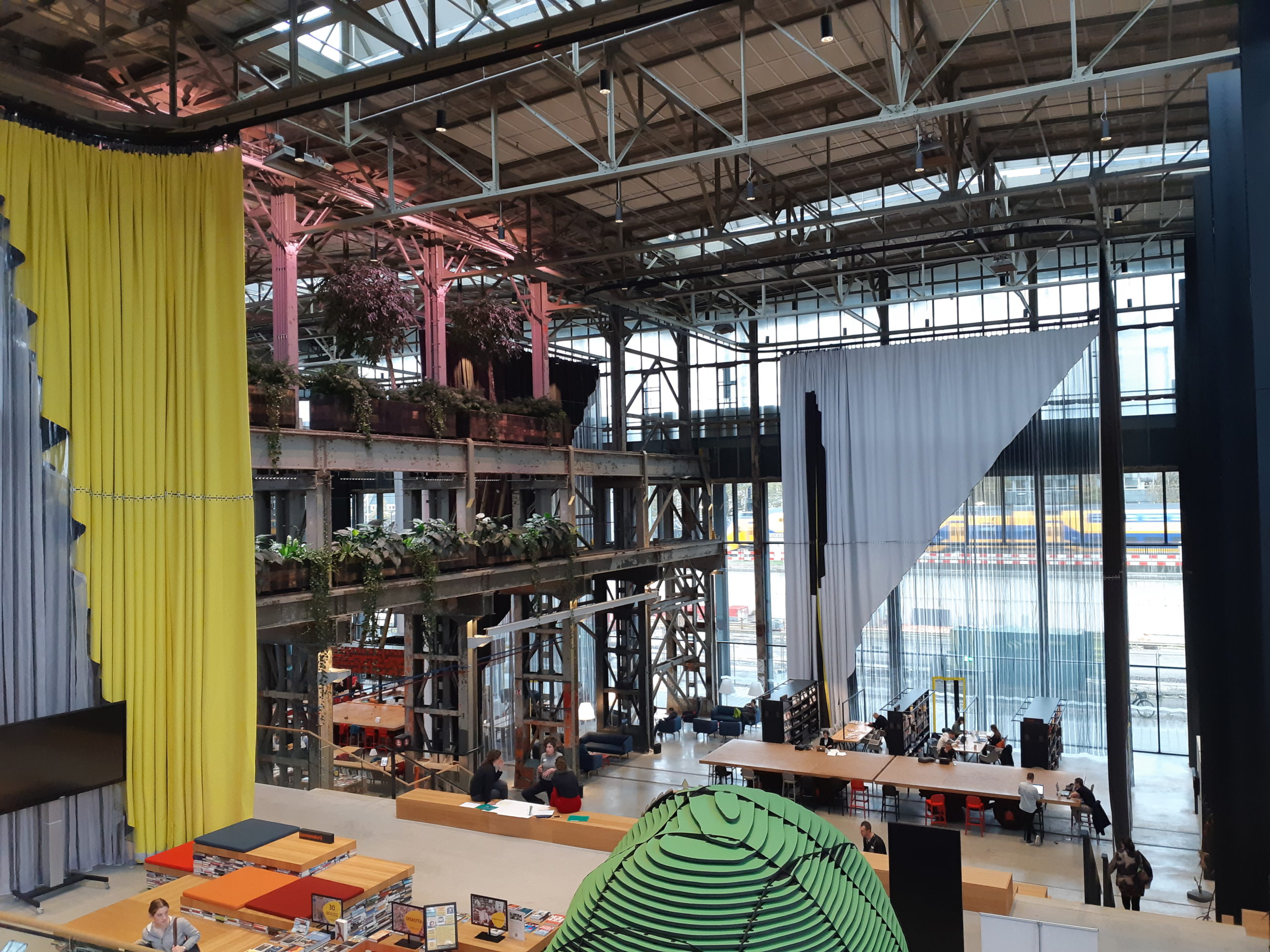
From 5 – 8 November 2019 project “Trans-form” team visited Eindhoven and Tilburg in Netherlands to explore brownfields revitalisation cases to different types of living and working places in former factories of PHILIPS, 19th century railway and textile industry factories. Today, Eindoven is a developed, modern city, demanded by young people, and particularly by engineering and design professionals. An average of 100 people from around the world come to the city every year, and this is one of the city’s most ambitious plans.
At that time, the incredible economic and social upswing of the small town of Eindhoven began in 1891, when the Philips family built the first light bulb factory and invented new electrical products, and in the 20th century began the construction of large-scale new factories in Eindhoven. Unfortunately, 100 years later, the economic and social crisis of the 1990s, as well as the relocation of Philips to Amsterdam, left extensive and derelict industrial sites and reinforced concrete buildings in the booming city.
The project team visited the Strijp-S site, a specific area of the historic industrial heritage left by Philips. Nowadays, it is called the creative heart of Eindhoven, as the 6,000 residences, design shops, restaurants, artist and designer residences created on the site of the Strijp-S factory have made this once abandoned gray concrete area flourish.
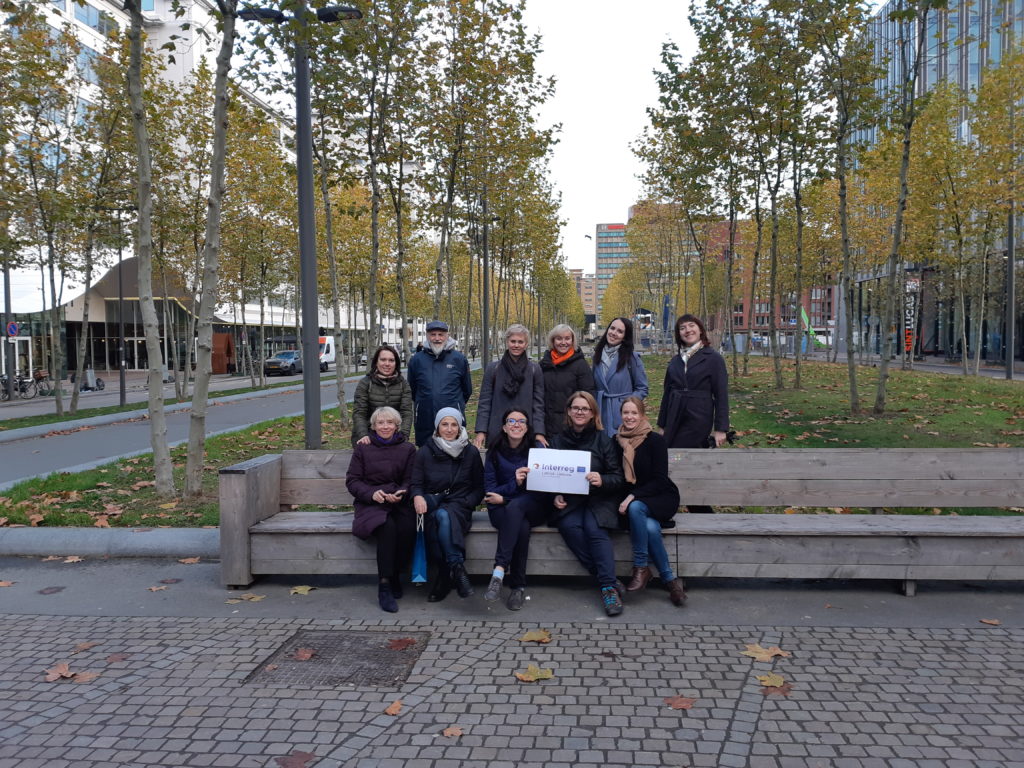
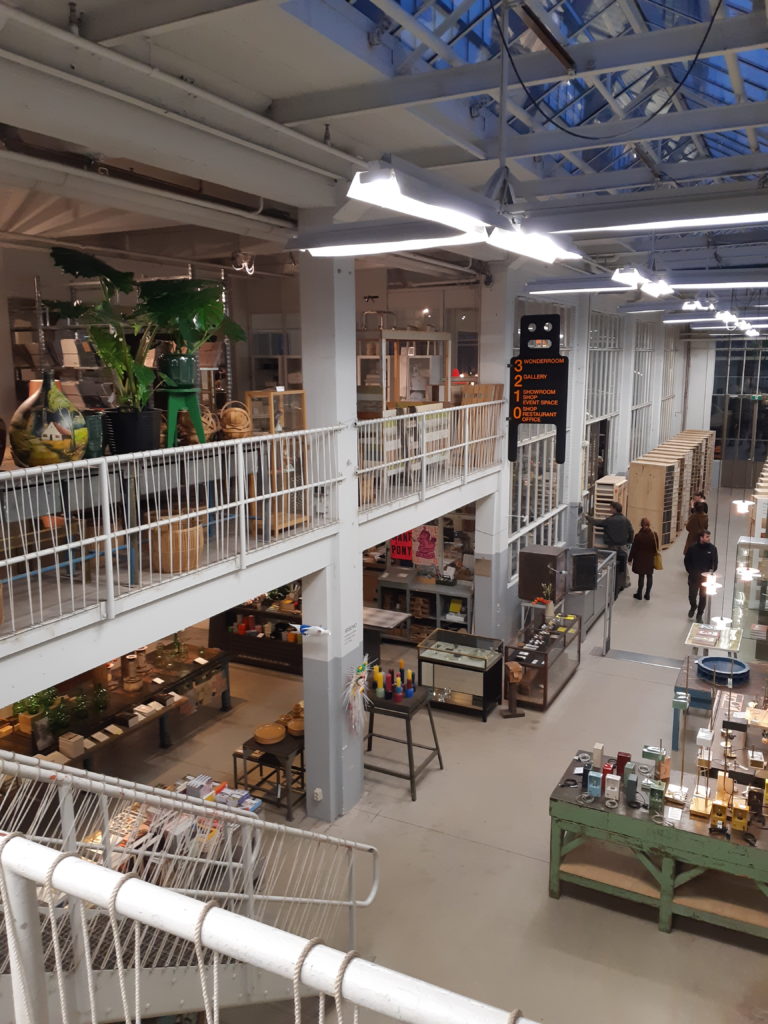
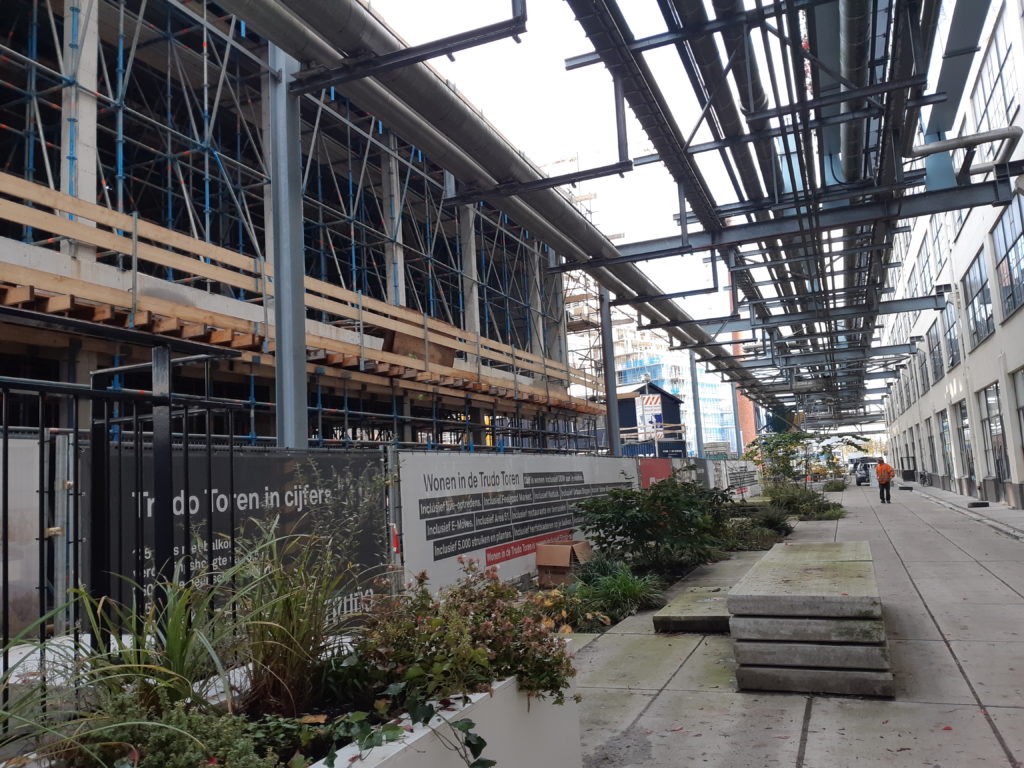
The Strijp-S area is constantly evolving with the involvement of local people, municipalities, private entrepreneurs and architects. Real estate in this area is particularly prized due to the area’s extensive development and each year new living spaces are offered to a variety of creative industries, engineering and young people.
On the third day of the study trip, the project team went to Tilburg. Although Tilburg was not affected by Philips’ industrial development wave, the textile industry was a catalyst for development here. Already from the end of the 19th century there was a textile factory and railway wagon repair factory in the city, which ceased to exist in the 20th century.
Tilburg’s major development projects since 2000 have involved the redevelopment of the former railway station’s brownfields, which for decades have been closed to the public and purchased by the municipality for its development. During the city visit, Jop Verweel, project manager for the city, talked about working together between the municipality, private entrepreneurs and residents to revitalize the train station, saying that the revitalization plans have contributed to increasing the population of the city. Part of the territory is devoted to developing ideas for private entrepreneurs, inter-municipal authorities, and other real estate agencies.
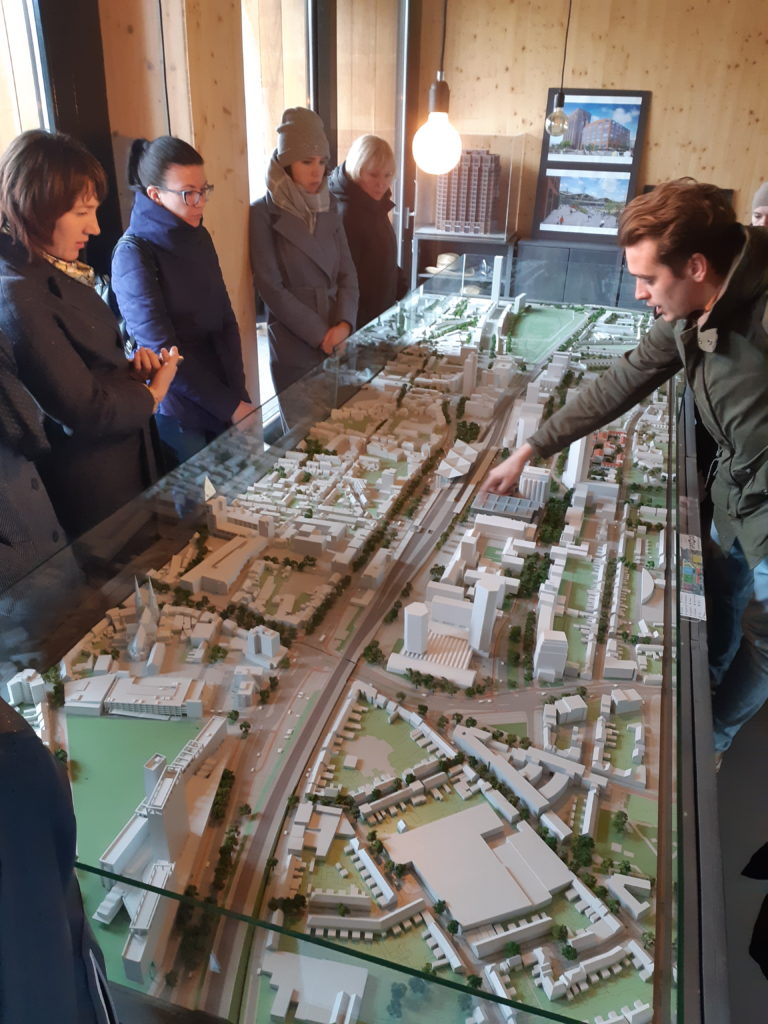
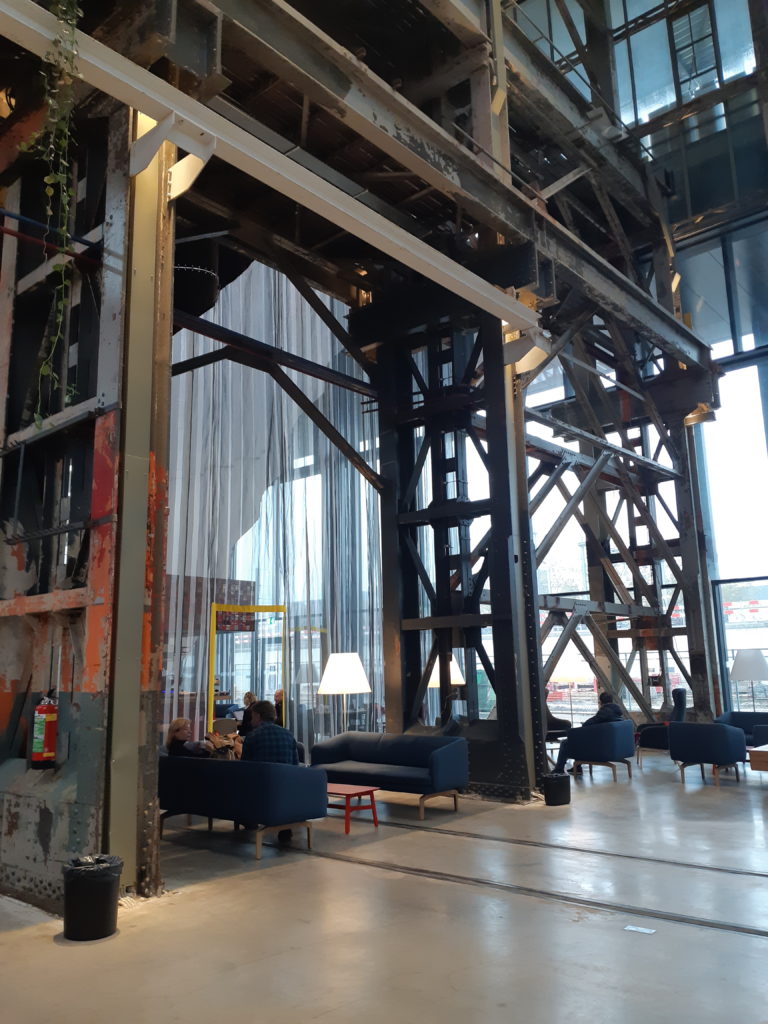
Under the auspices of the metal structures of the railway station factory, a huge modern library has been nominated for the title of the world’s best library. Other ex-factory buildings have laboratories for young designers where, for example, modern weaving techniques can be learned using digital looms. In addition, the wagon repair factory buildings have also become concert halls, dance studios, skate parks, restaurants or parks.
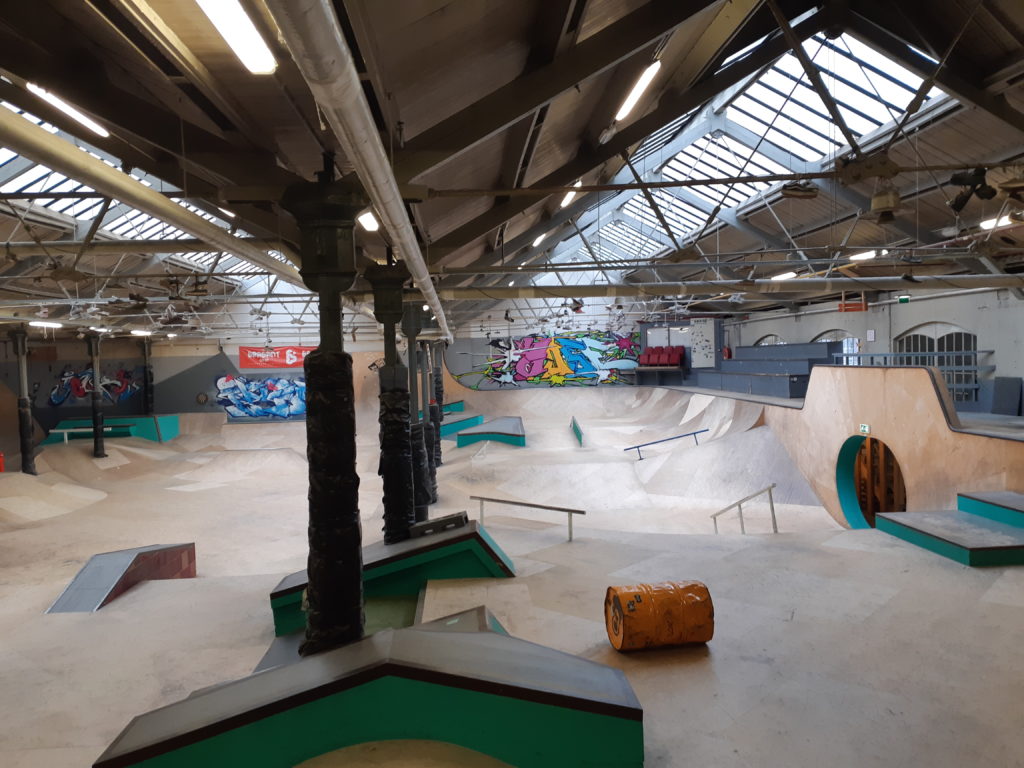
A project exchange trip to the Netherlands demonstrated how unexpected, experimental and thought-provoking giant brownfields can be transformed into accessible and urban areas for all populations. One of the most important roles in the urban development plans of Tilburg and Eindhoven, once seemingly unnecessary, abandoned buildings and areas nowadays.
Līga Upeniece,
Project Information Manager,
Latvian office of Euroregion “Country of Lakes”
Last updated: 26.06.2024 15:10
